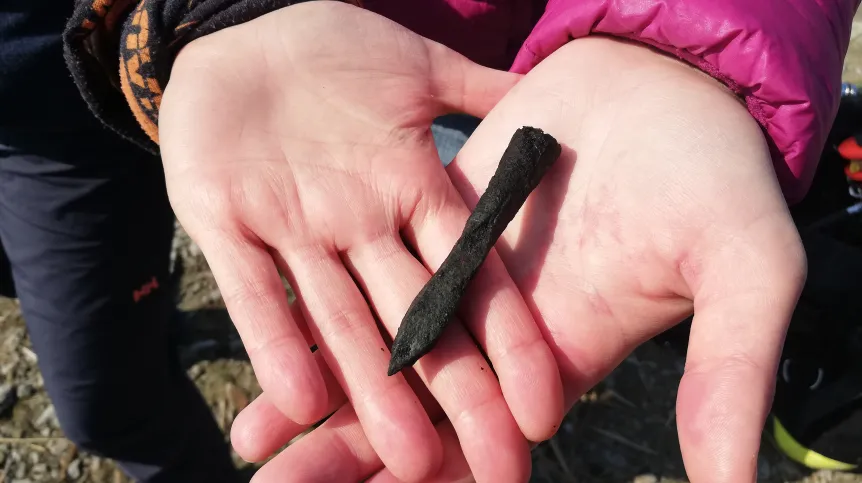
Warsaw archaeologists have discovered four medieval crossbow bolts and a sunken bath during research in Lake Hammersø, the largest natural reservoir on Bornholm, in Denmark.
The find came while scientists were exploring the lake in the hope of finding medieval weapons.
But rather than ‘ritually destroyed’ weapons captured from invaders which were traditionally thrown into lakes 1,500-2,500 years ago, in addition to the bathtub, the researchers found weapons from a much later period than they expected.
Professor Bartosz Kontny from the Faculty of Archaeology of the University of Warsaw told PAP: “Near the shoreline in the northern part of the reservoir, over a distance of about 20 m, we found four medieval crossbow bolts from the 13th or 14th century.
“An interesting fact is that each of them has preserved wooden rays in the sleeves. It is a real rarity. There were different types of bolts, fastened with both a sleeve and a mandrel driven into wood.”
Scientists estimate that they have examined only a few percent of the lake's bottom surface. The reservoir is approx. 700 m long and 160 m wide.
Before diving, the archaeologists made a sonar scan of the entire bottom, which is where they spotted the modern-day bathtub.
Prof. Kontny said: ’We initially thought it was a dugout, a boat made of one tree trunk. We were counting on interesting finds from at least several hundred years ago.”
The researchers also managed to locate the wreck of two 19th century sailboats.
Last year they found a massive late-medieval spear head (around 64 cm in length and weighing over 1 kg), equipped with the so-called wings and moustache.
PAP - Science in Poland, Szymon Zdziebłowski
szz/ ekr/ kap/
tr. RL
Gallery (5 images)
-
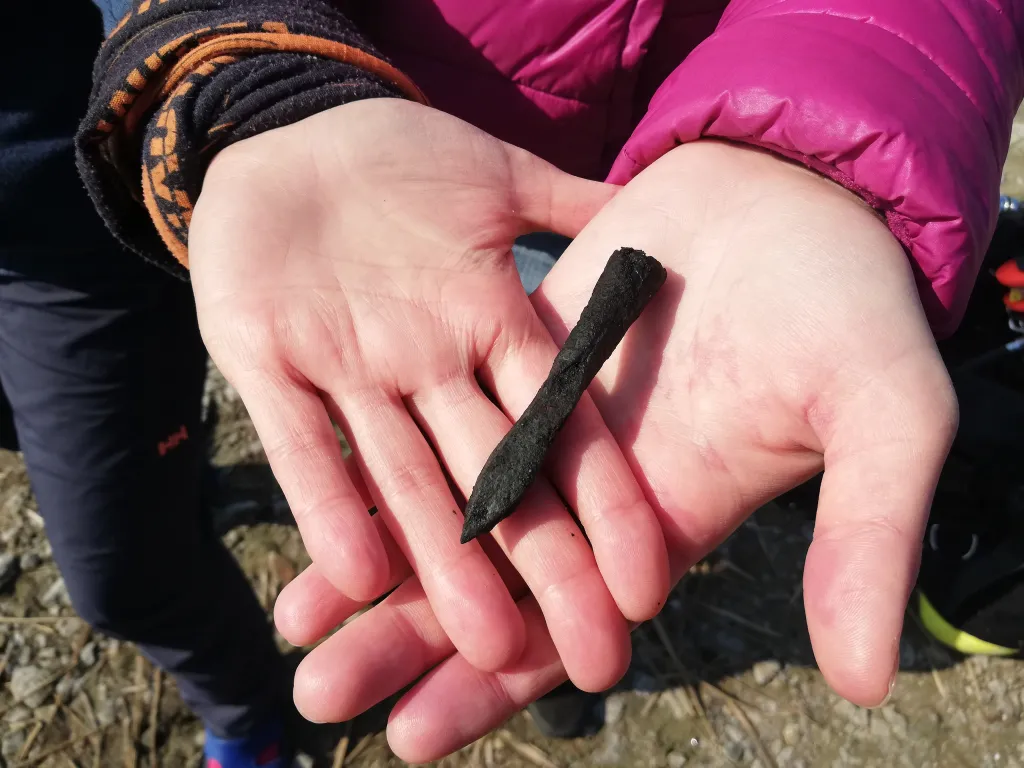 1/5Photo: Bartosz Kontny
1/5Photo: Bartosz Kontny -
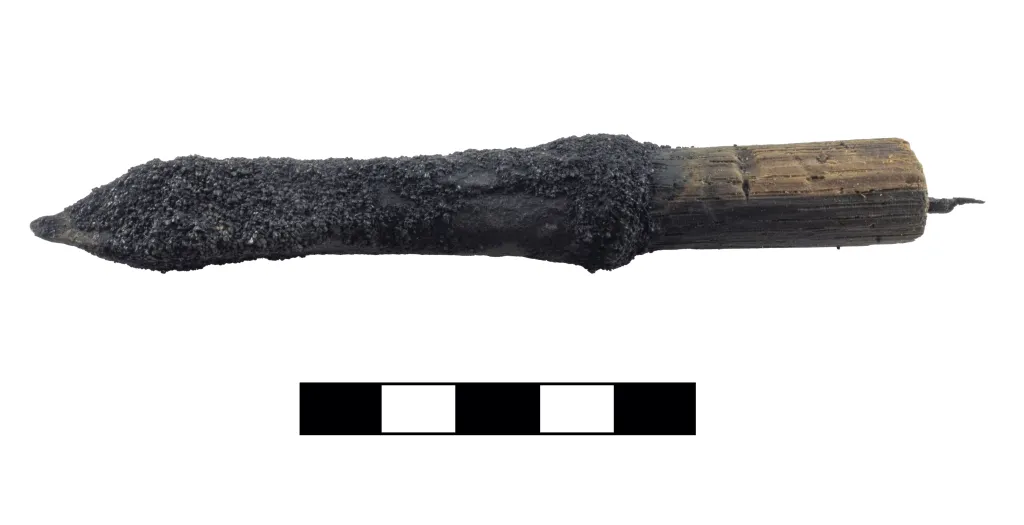 2/5Photo: Piotr Prejs
2/5Photo: Piotr Prejs -
 3/5Photo: Piotr Prejs
3/5Photo: Piotr Prejs -
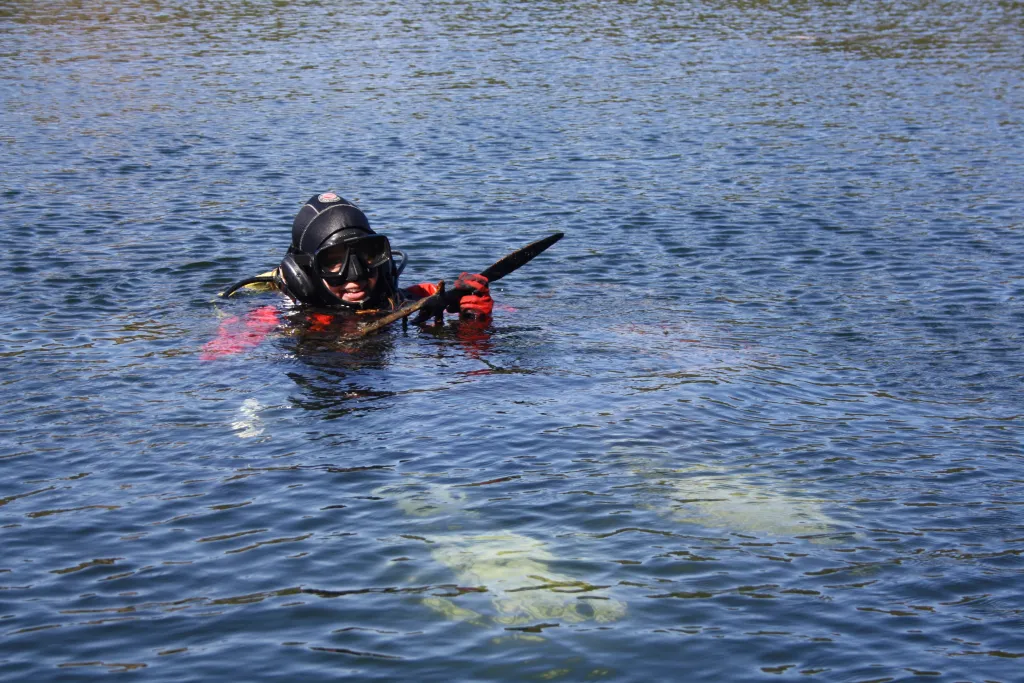 4/5Photo: Bartosz Kontny
4/5Photo: Bartosz Kontny -
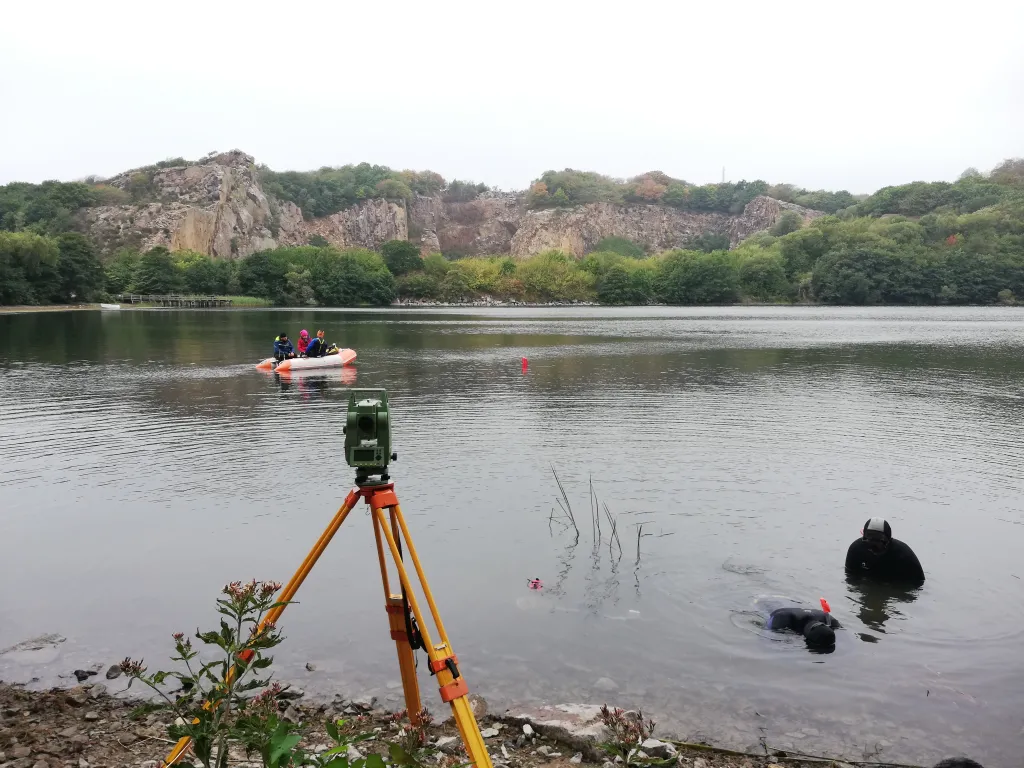 5/5Photo: Bartosz Kontny
5/5Photo: Bartosz Kontny













